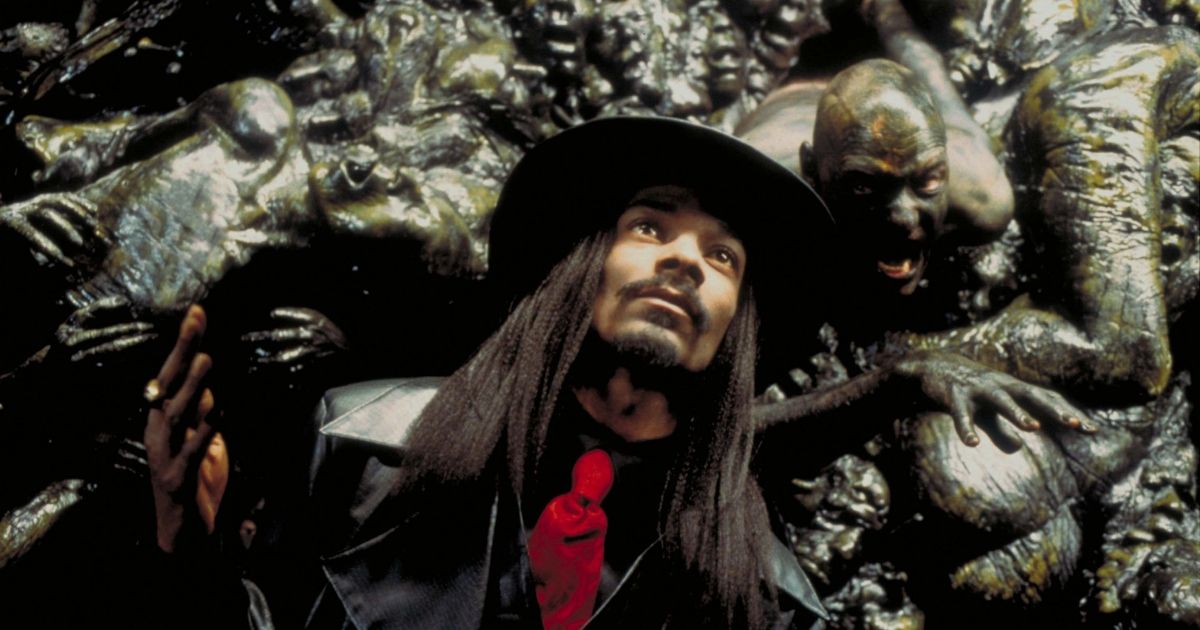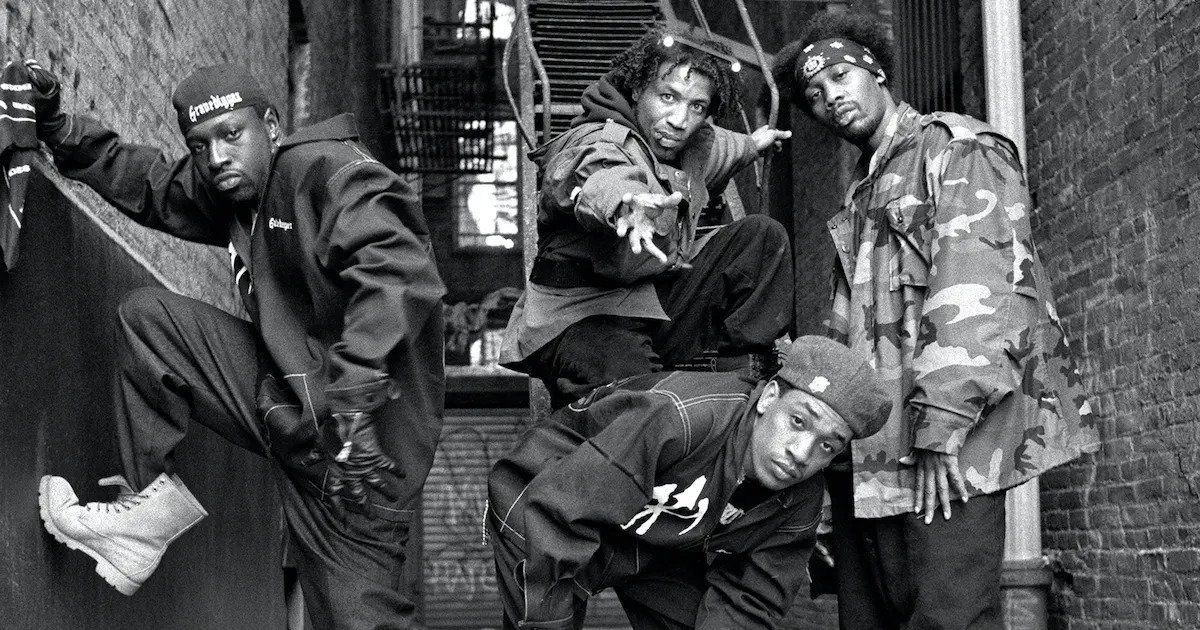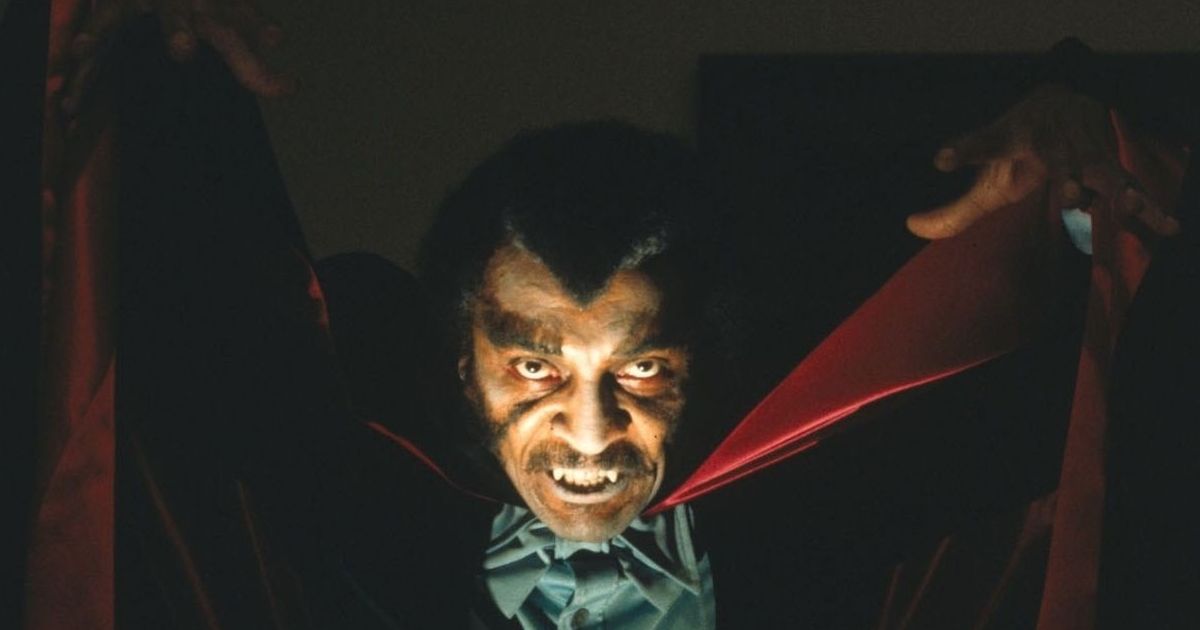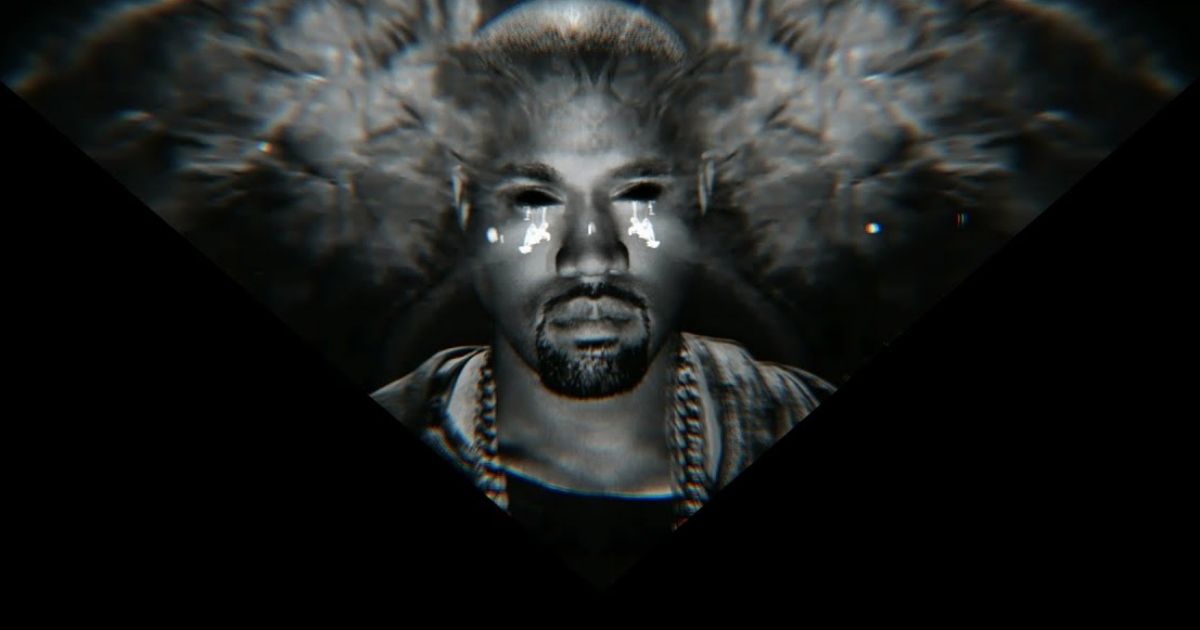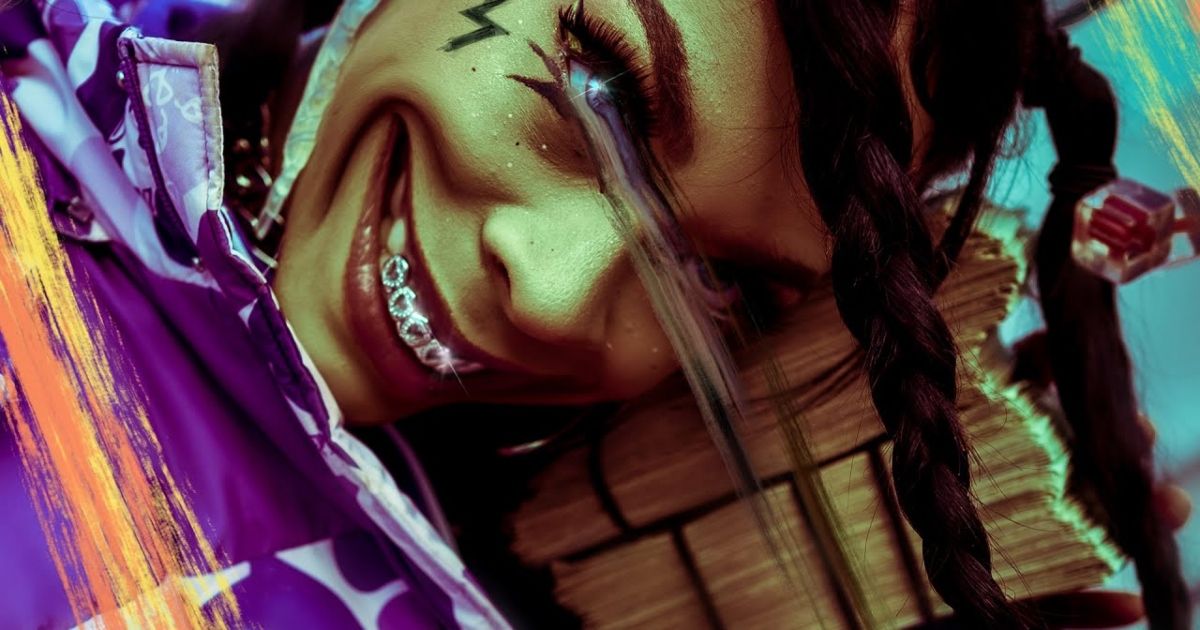The bridge between music and movies has been a long-lasting connection since the inception of the film itself, when even the presentation of silent movies were paired with orchestras, pianists, or other accompaniment. The relationship between music and film exists in multitudes. The closest relationships between the two art forms are best represented through soundtracks and compilation albums. The soundtrack acts as the final piece of the film, a musical accompaniment that captures the mood of a particular scene.
For example, Son Lux produced the soundtrack for A24's recent juggernaut Everything, Everywhere All At Once, which contains tracks such as "In Another Life" and "Specks Of Time," beautiful arrangements that capture some of the film's most poignant moments.
In addition to the great needle drops of film soundtracks, companion albums also pull from the film as a source of inspiration but may not be in the film itself. Albums such as The Gift, accompanied by the live-action Lion King, expanded on the themes of the film. Incorporating various themes of Pan-Africanism and Black empowerment, the record was largely composed of Afrobeats and Afropop productions.
However, the relationship between hip-hop and horror transcends the tradition of a companion album. The two art forms engage with one another in a poignant conversation that unearths rich truths about the reality of their respective creators.
The Birth of Horrorcore
Following the inception of hip-hop in the 1980s, several offshoots and subgenres rose to the surface, each spending a moment or two in the sunlight before flourishing in the underground. Horrorcore happened to be one of those genres. Music critics and researchers point to the early 80s to describe a period called "proto-horrorcore" or "psycho-rap," due to releases from Jimmy Spicer, Dana Dane, DJ Jazzy Jeff and the Fresh Prince, and The Fat Boys. Tracks such as "A Nightmare on My Street," "Nightmares," and "Are You Ready For Freddy" were described as being morbid, evoking a similar emotion to that of the respective source material.
However, the popularity of the subgenre did not mean that the artists under the label were fond of the title. Rappers such as Esham and Kool Keith rejected the term "horrorcore" despite being some of the artists billed as the originators of the subgenre. The former defined his music as "acid rap" while the latter preferred to call his work "porncore."
With musicians such as Gravediggaz and KMC proudly wearing the horrorcore title on their shirts, it seems as though the idea of horrorcore was not ultimately rejected. However, it does prompt music listeners and critics alike to consider how genres are framed and what service they provide. Genres exist to easily identify a particular strain of sound but have also been used as a marketing scheme, platforming some while pigeonholing others. While the issue seems minuscule, it is important to actively listen to artists first and foremost and evaluate how their unique use of horror is executed in the music.
Hip-Hop-Horror at the Turn of the Century
Encroaching closer and closer to the 21st century, horrorcore and the general relationship between hip-hop and horror soon evolved into new heights. In the 1990s, it was common to hear a rap track serve as an accompaniment to the ending credits. Artists such as MC Hammer delighted moviegoers with his contributions to films such as The Addams Family.
Additionally, more filmmakers were turning their sights toward predominantly black neighborhoods. After the landmark Blacula, films such as Vampire In Brooklyn and Leprechaun in the Hood saw Black filmmakers incorporate horror, comedy, and music into films that ultimately created a space for Black characters in horror outside of being the first victims. Despite the rampant stereotyping, these films were some of the first forays into horror that included Black people in starring roles.
As Chris Aitkens of Nightmare on Film Street eloquently states, horror films in the hood are unique to the genre because of the characters' previous exposure to violence. As a result of gerrymandering, excessive policing, and discriminatory financial policies, impoverished neighborhoods exist as a result of the country's exclusionary practices. Coupled with higher crime rates, the prevalence of violence makes these particular protagonists adept in survival skills and thus more determined to make it to the next morning.
Rather than being the defenseless leads in a slasher film, these projects produce powerful protagonists, returning agency to disenfranchised groups that have not had the opportunity of being humanized in horror films or real life. Between the very late '90s and the 2000s, there was a rush of great rap stars flooding horror movies — Snoop Dogg in Bones, Ice Cube in Ghosts of Mars, Coolio in Dracula 3000, Mos Def in Island of the Dead, Busta Rhymes in Halloween: Resurrection, and LL Cool J in Halloween H20, to name but a few. The trend continues to this day, with T.I. starring in the recent Fear.
Embracing the Dark Side in Contemporary Rap
As hip-hop grew in popularity, so did the likelihood of a horrorcore revival. With the 2010s came an eagerness to blur the lines between genres. Artists such as Salem experimented heavily with hip-hop beats for their debut album King Night, a classic in the witch house subgenre.
Popular artists such as Nicki Minaj and Kanye West have also incorporated horror into their music, the former being well known for her 'Roman Zolanski' alter ego, commonly combining sadistic verses with a playful tone with album art shimmering in various shades of pinks and glitter.
The late 2010s saw artists such as Odd Future, SahBabii, and most notably Lil Uzi Vert rise to the forefront. Lil Uzi Vert, in particular, is no stranger to accusations of Luciferianism as a result of his incorporation of horror in his music. Despite the call-out, the Philadelphia rapper seems to have leaned into the theories about him rather than rejecting them together. From fans debating on forums whether or now his stage name is a clever pronunciation of Lucifer, while songs such as "444+222" do little to combat the conspiracies.
Rico Nasty and the Future of Hip-Hop Horror
Rico Nasty is another versatile rapper hailing from the DMV. Jumping between punk-rap, hyperpop, and nu-metal, Rico has been hailed as one of the more adventurous rappers coming out of the 2010s. Her collaborative mixtape with Kenny Beats, Anger Management, saw the Maryland rapper easily veer into a more gothic territory, something that Rico herself has admitted to being a part of her musical identity she kept from listeners during her early years. Her most recent projects, Nightmare Vacation and Las Ruinas continue to incorporate the same horrorcore inspiration resent in Anger Management.
Songs like "Cheat Codes," "STFU," and "Girl Scouts" best encapsulate Rico’s horrorcore-leaning tracks, decorated with slick venom and glass-shattering screams alongside an earnest depiction of her life, capturing every corner from her confidence to her despair to everything in between.
Despite claims that horrorcore was a short-lived genre, the contributions from artists such as Gravediggaz, Esahm, Scarface, and more have created the foundation for many rap albums and careers to flourish today. From the cinematic trap of Travis Scott to Megan Thee Stallion's latest offering Traumazine, which documents her real-life trauma in her art, not unlike that of a psychological thriller, it is clear that horror and hip-hop's marriage is going strong after three decades.
Additionally, the Houston rapper herself has mused about creating horror films of her own. After inking a promising deal with Netflix, the boundaries between hip-hop and horror are blurred even more, promising new delights in decades to come.

